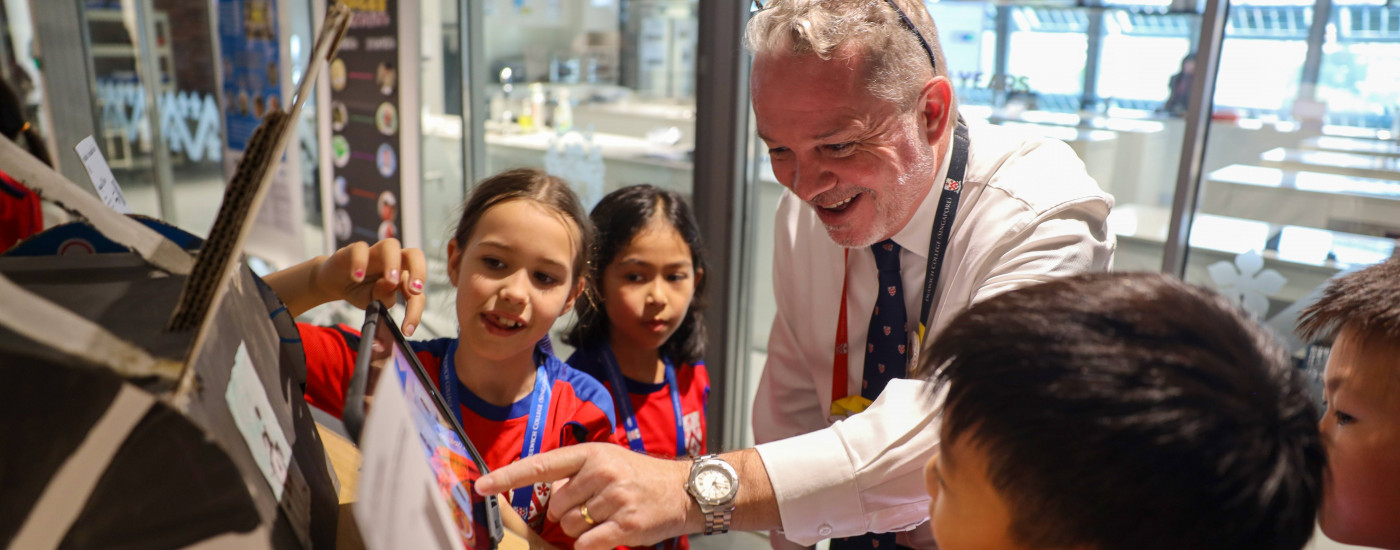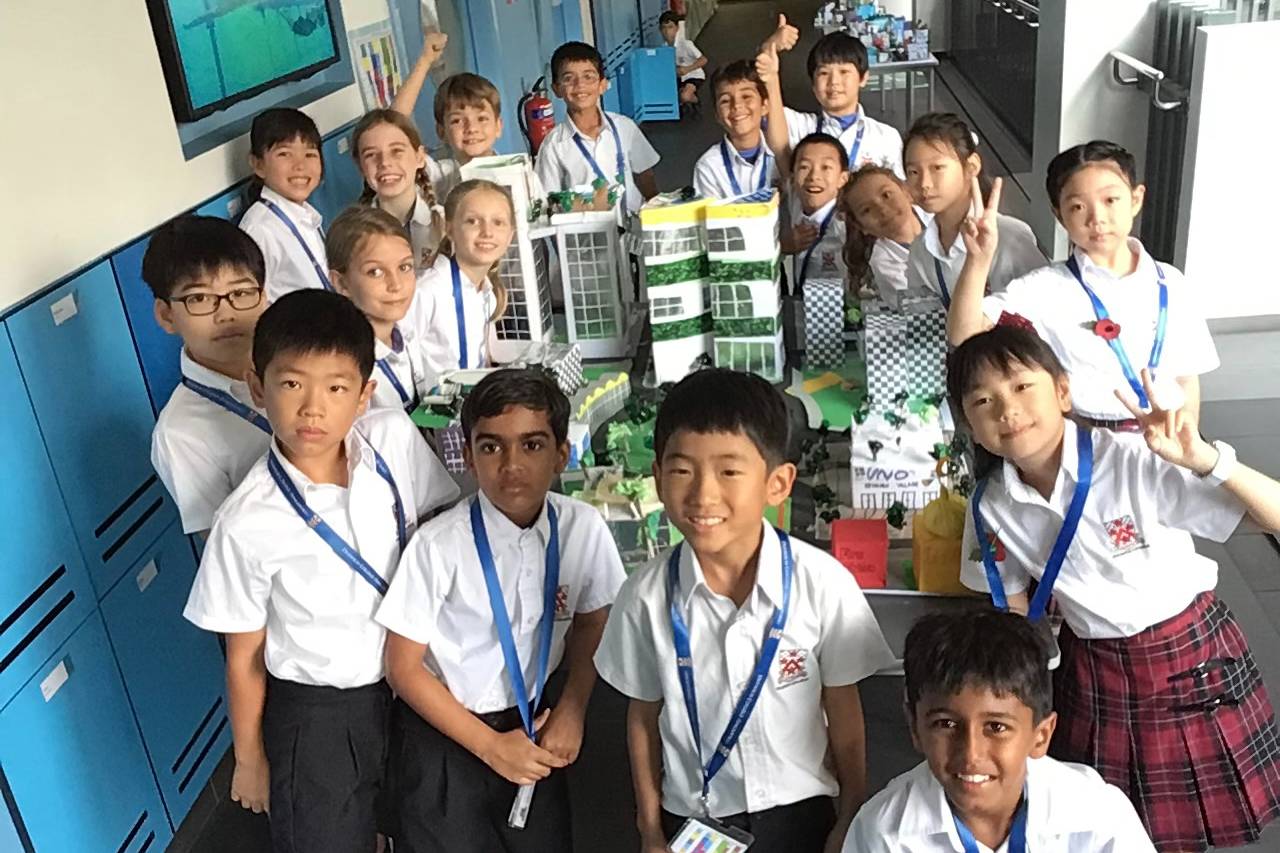Cultivating Empathy in Student Learning

Singapore is a global city, a rich melting pot of cultures and races. In an international school such as ours, and in a world linked by the ease of communication through technology, it is more important than ever to not only respect the differences and needs of others but also to try to understand and relate to them. Throughout each of our first three Year 4 curriculum units, empathy has been a core value in student learning.
Our first learning unit focused on communities and how architecture and infrastructure are designed to meet the needs of the many, not just the few. Students explored the local community, learning about the designs of HDBs, community centres, and care homes. They created client profiles with rich detail, including professions, personalities, and hobbies, and then designed apartments specifically tailored to meet those needs. Following this, learning grew to a larger scale as students collaborated to create architectural models of smart community housing, which not only looked beautiful but also made efficient use of space and integrated nature into their design.

Collaboration, alongside empathy, has been another core component of our learning. It is important for students to learn when and how to lead, and how to listen rather than just waiting for their turn to talk. To compromise, students must first learn to empathise, understanding that they are working together to meet a common goal.
In our second unit of learning, we focused on how human actions protect the earth and its resources. Sustainability is a concept we support throughout all of our schools, and it is one that our students are completely on board with. “We don’t inherit the earth, we borrow it from our children,” a quote by Native American Chief Seattle, is one we use to stress the importance of students speaking up for the protection of our planet. Guest speaker Jody Che, our Head of Marketing, presented to our students on the importance of branding and clear communication as students built webpages to educate and activate others towards environmental causes.
As we moved into our third curriculum unit, students learnt about the concepts of invention and innovation. Students explored how people have solved problems through design and how these inventions have helped shape the society we live in. Guest speakers Graham Tree of Rolls-Royce and Hunter Wen of PlatoX.AI generously gave their time to speak to our students about the design process of taking an idea from a possibility to a reality. Both work in teams diverse in expertise and cultural background but with a shared goal in common. Inspired by their words, students set to work on their own design challenges. Their client was the elderly, imagining limitations they might face and envisioning possibilities to make these challenges more manageable. From what I witnessed, students leapt at this opportunity to help others, generating effective research questions to design something meaningful and purposeful rather than a novelty.
When it came time to showcase their learning, students were keen to not only present their final product prototypes but also the entire learning journey, from the first step to the last. The Greenhouse, a building we have seen grow from foundation to finalisation, was a fitting venue for our 'Invention, Innovation, Empathy' learning showcase. Parents and guests were warmly welcomed into the studio by students eager to share and celebrate their learning.
It is reassuring to know that our future is in safe hands with students who can collaborate effectively and show empathy to help build a better world for us all.






